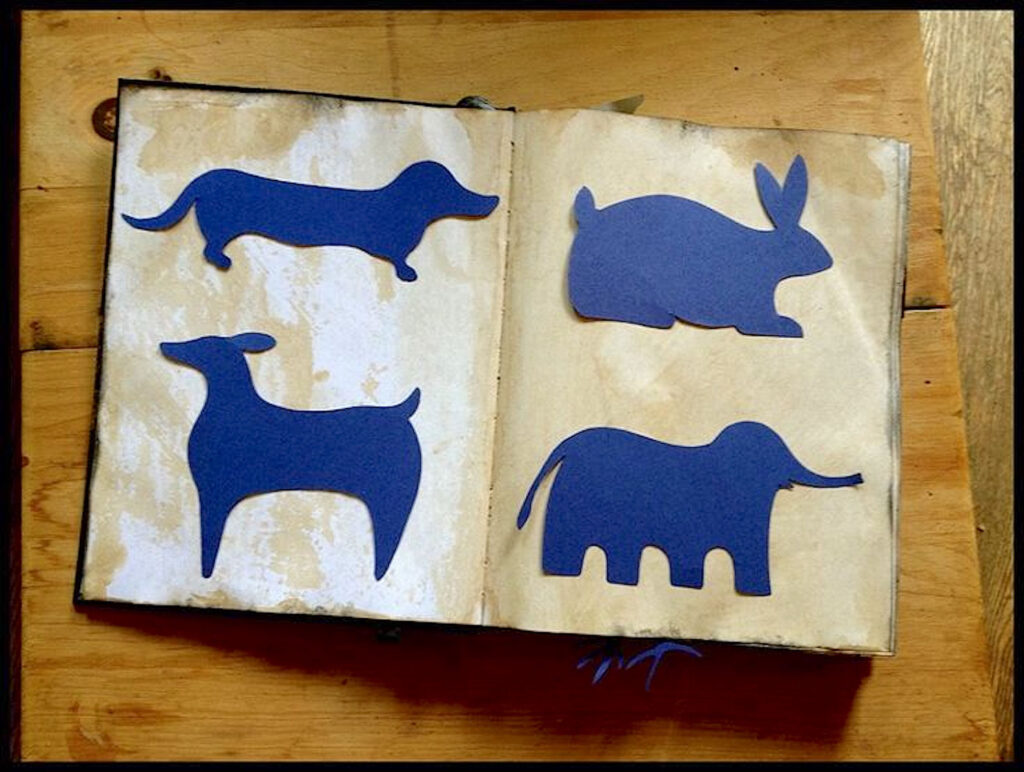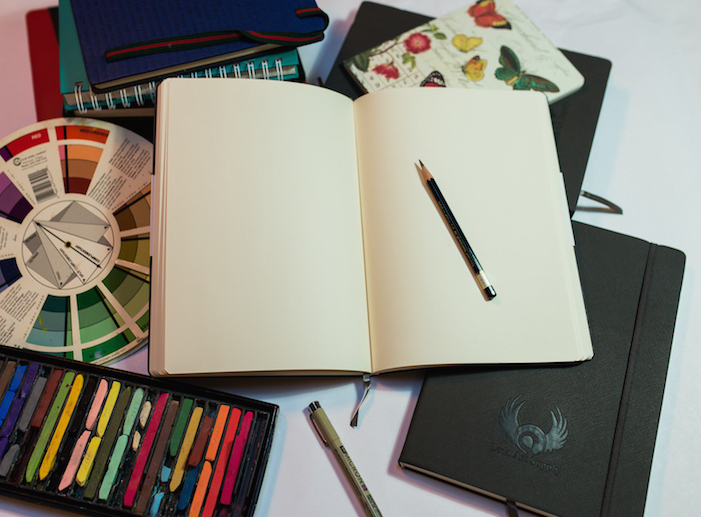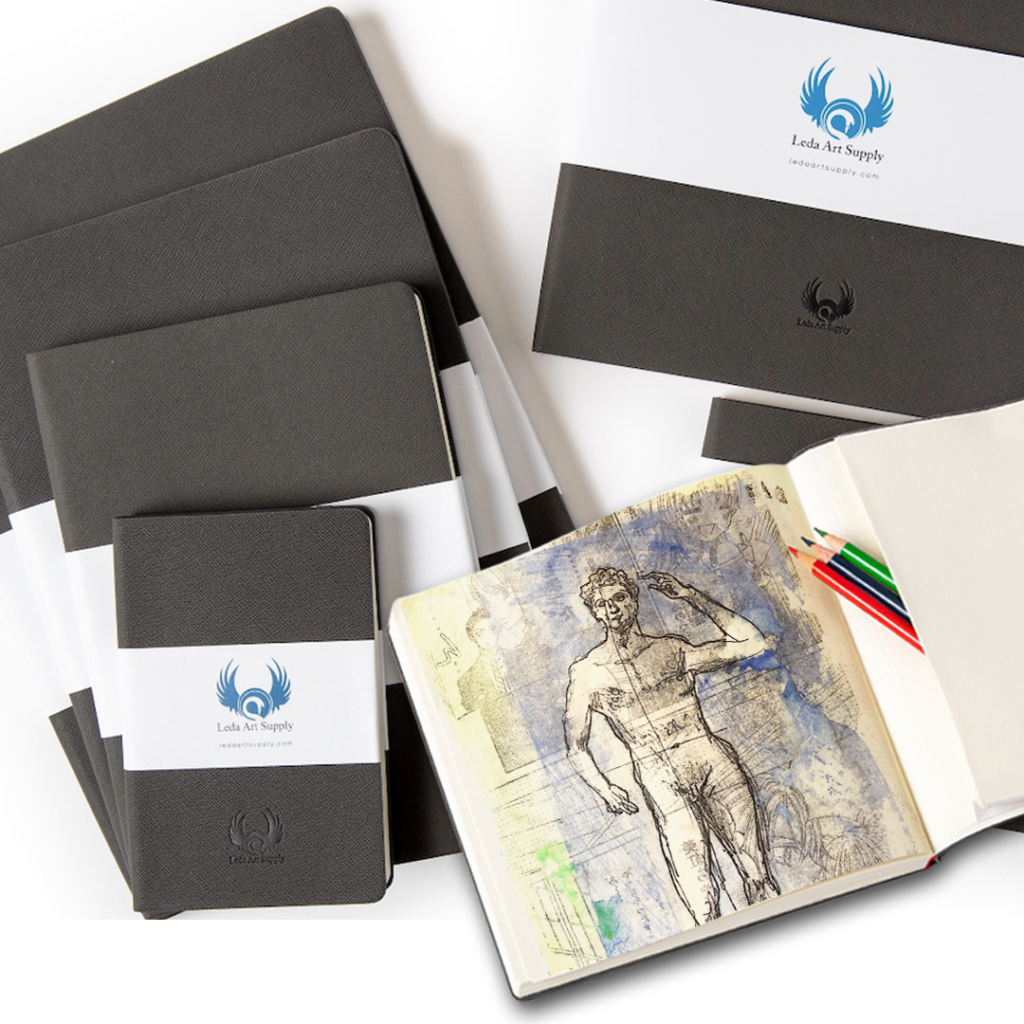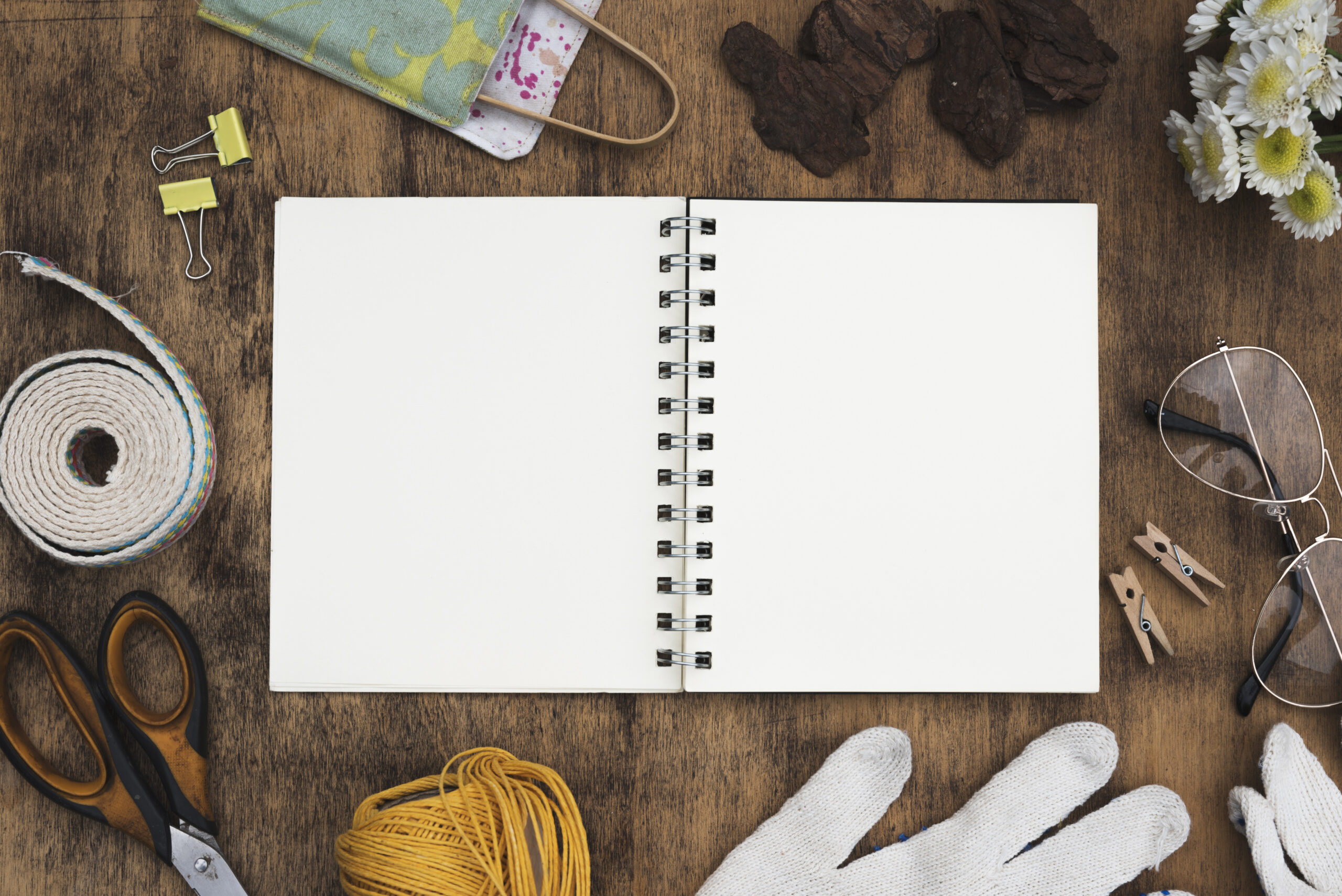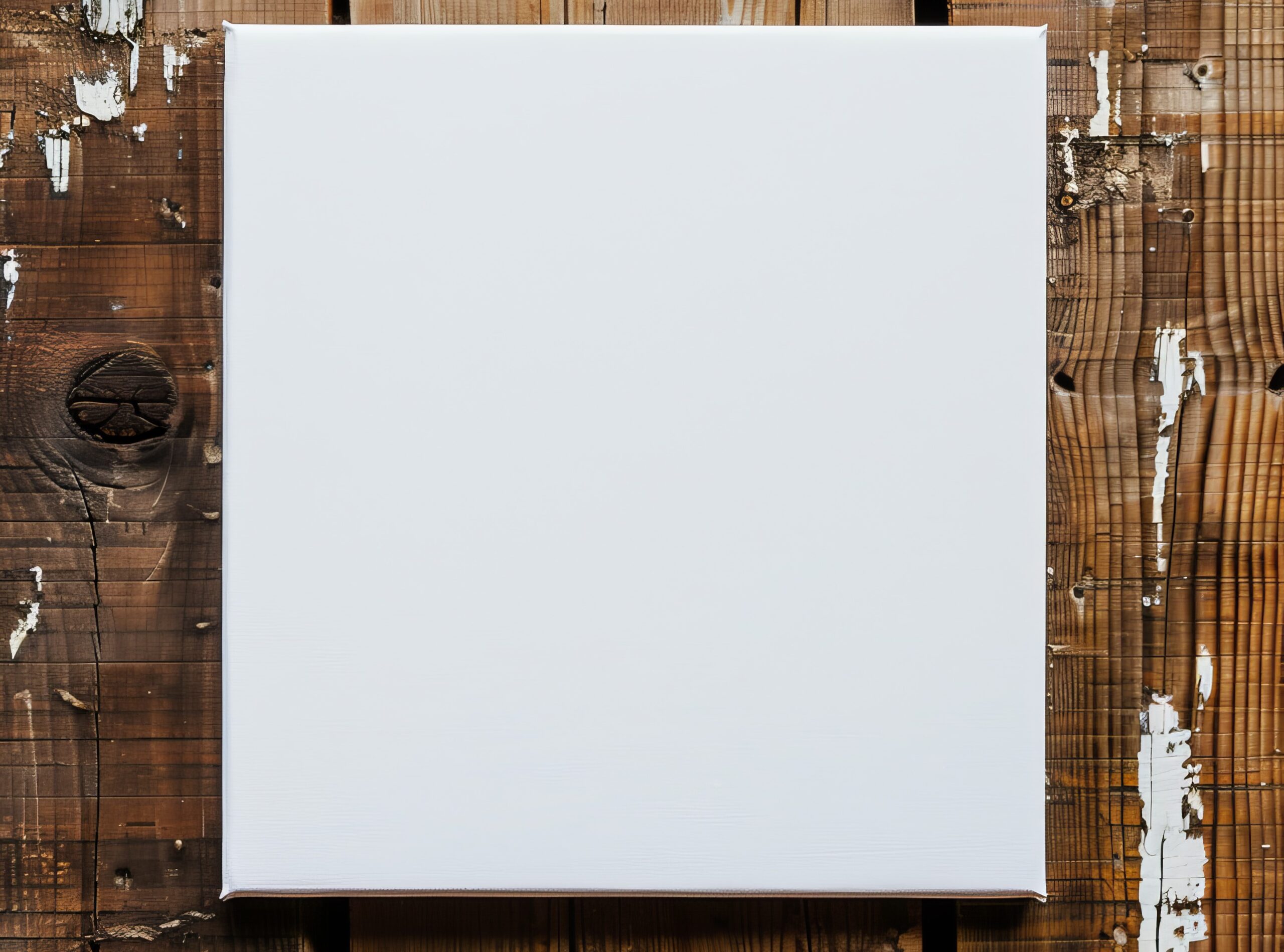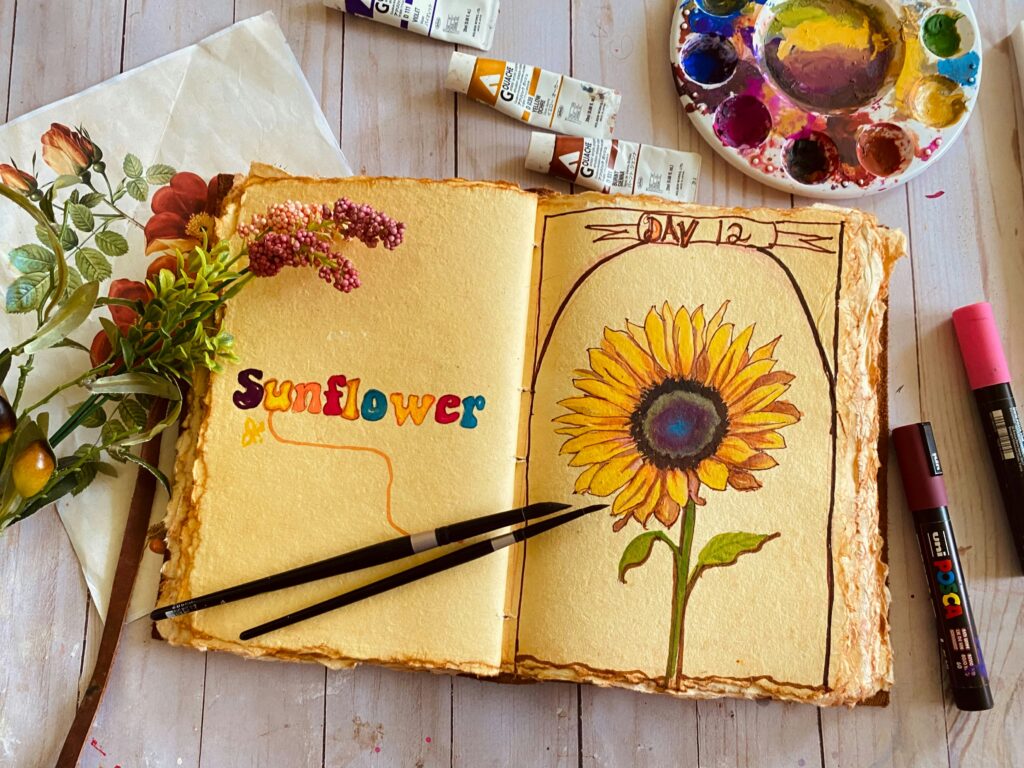
“The sketch hunter moves through life as he finds it, not passing negligently the things he loves, but stopping to know them, and to note them down in the shorthand of his sketchbook.” – Robert Henri
In an age of digital creation, there’s something profoundly intimate about the relationship between an artist and their sketchbook. That blank page holds infinite possibilities—a laboratory for experimentation, a diary of visual thoughts, a playground for creative growth. From Leonardo da Vinci’s revolutionary anatomical studies to Frida Kahlo’s deeply personal visual journals, sketchbooks have long served as the foundation for artistic development and discovery.
The Transformative Power of Sketchbook Practice
Sketchbooks transcend mere tools—they become trusted companions in the artistic journey. Paul Cézanne filled countless sketchbooks with studies that revolutionized how we perceive form and space. Picasso’s sketchbooks reveal the evolution of ideas that would later become masterpieces. Contemporary artist Julie Mehretu uses sketchbooks to develop the complex layered compositions that define her large-scale works.
Organizations like Sketchbook Skool and The Sketchbook Project have built communities around the practice, connecting artists worldwide through the shared language of sketchbook art. These communities remind us that sketchbooks are not just about producing finished art but about process, growth, and visual thinking.
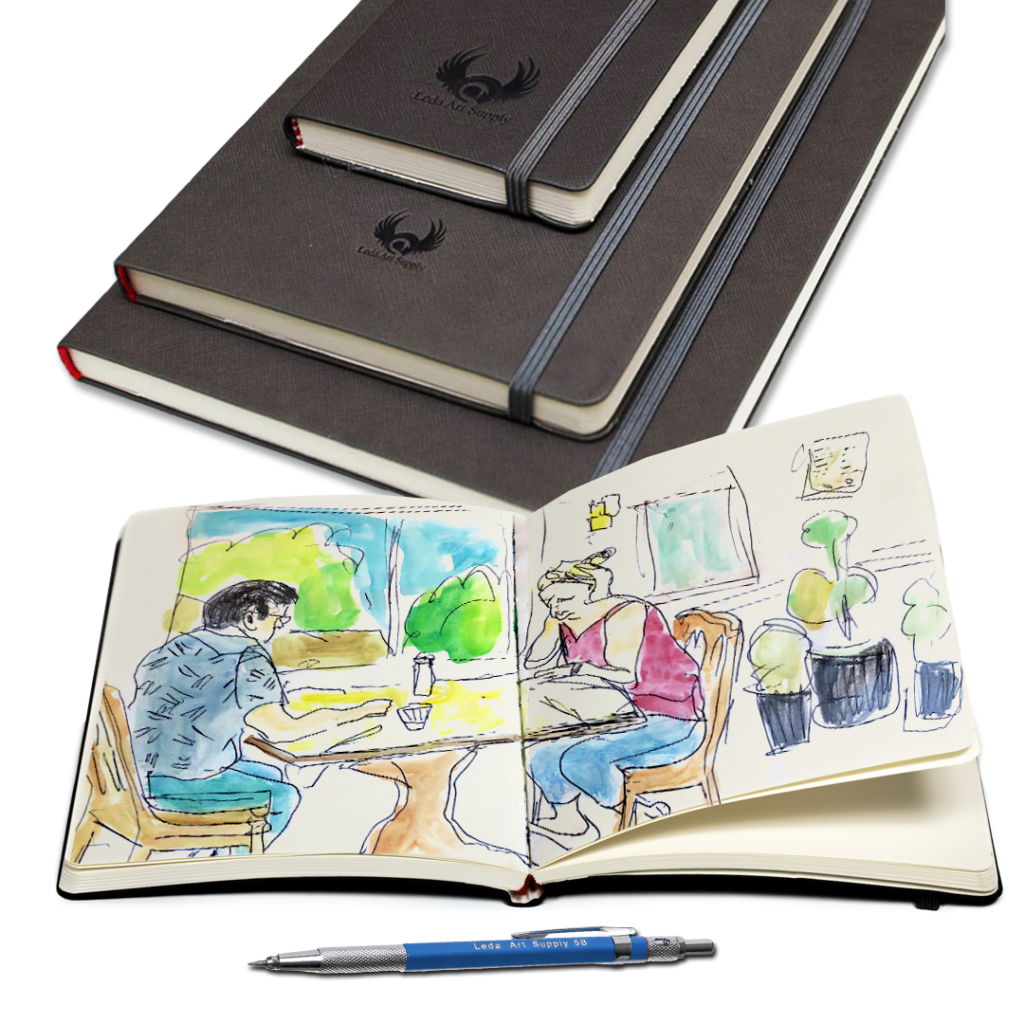
Choosing Your Sketchbook: Understanding Paper Properties
The foundation of successful sketchbook art begins with selecting the right book for your medium and style:
Paper Weight
- Light (70-90 gsm): Ideal for pencil, pen, and light marker work
- Medium (90-160 gsm): Suitable for light washes, colored pencil, and layered drawing
- Heavy (160-300 gsm): Best for watercolor, gouache, and mixed media
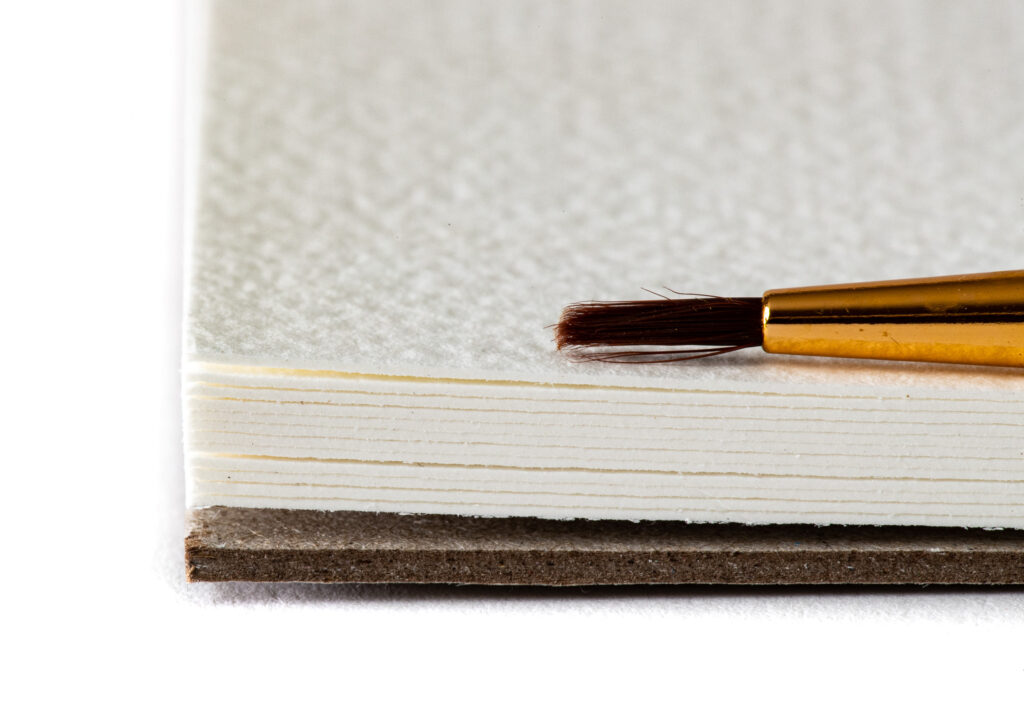
Paper Texture
- Smooth: Perfect for detailed line work, technical drawing, and markers
- Medium: Versatile for most drawing media and light washes
- Rough: Provides tooth for charcoal, soft pastels, and expressive watercolor
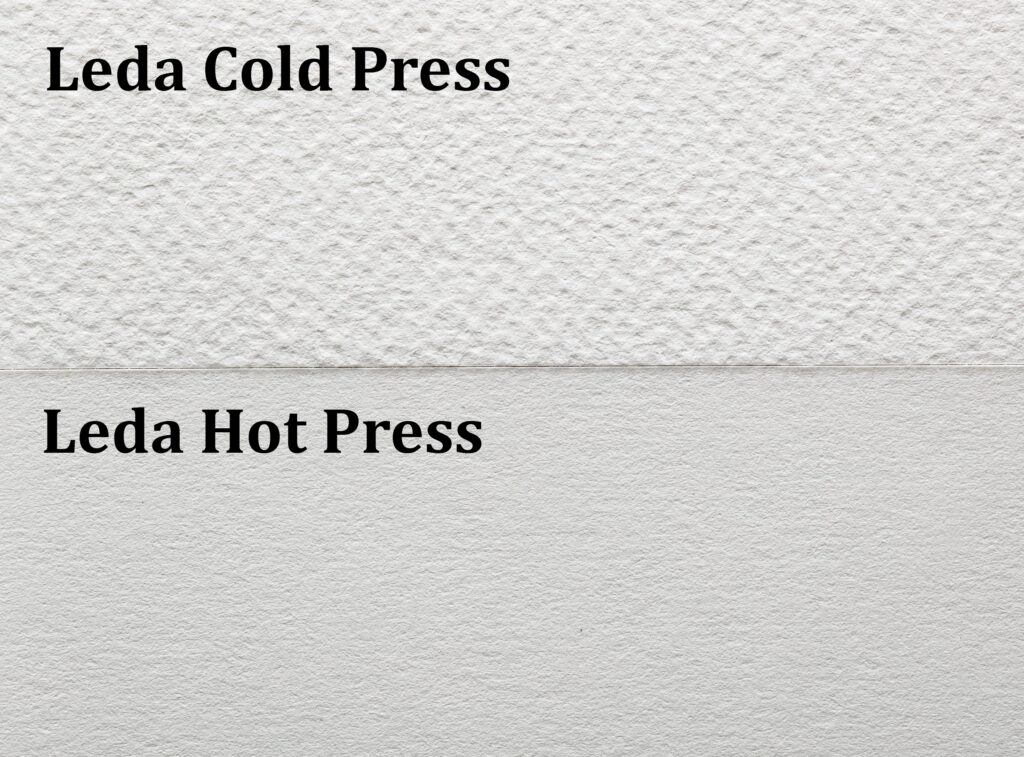
Binding Types
- Spiral-bound: Lies flat and folds completely back on itself
- Hardbound: Durable protection with elegant presentation
- Softbound: Flexible and lightweight for portability
- Stitched: Allows pages to lie flat when opened
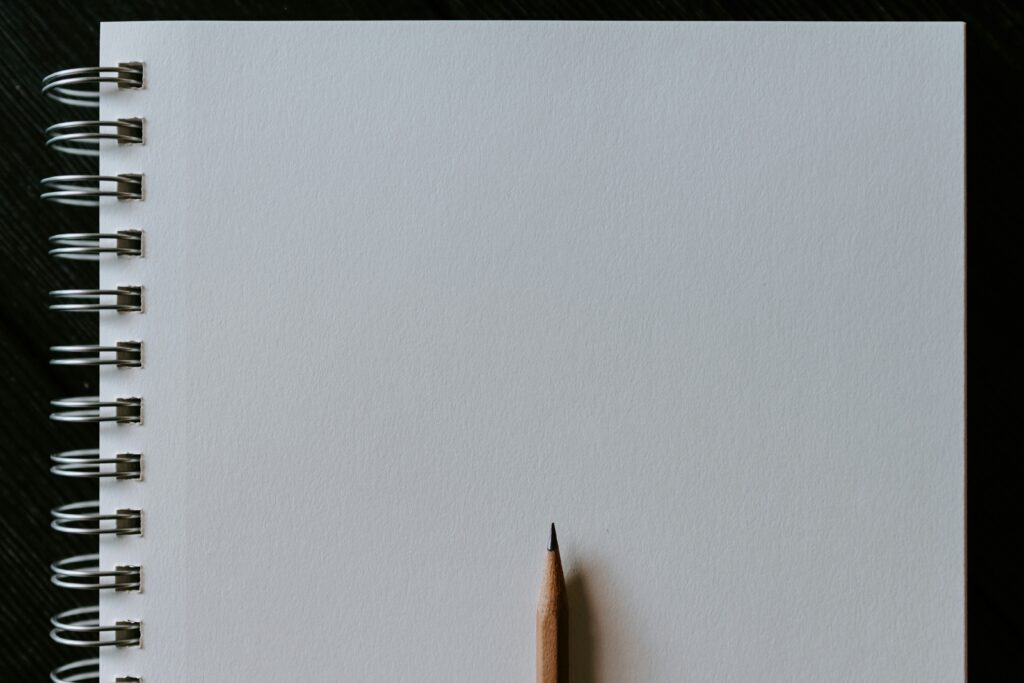
Essential Media for Sketchbook Work
Dry Media
- Graphite pencils (2H through 6B for range of values)
- Colored pencils (wax or oil-based)
- Charcoal (compressed, vine, and pencil forms)
- Pastels (soft, hard, and pastel pencils)
- Conté crayons for rich, velvety lines
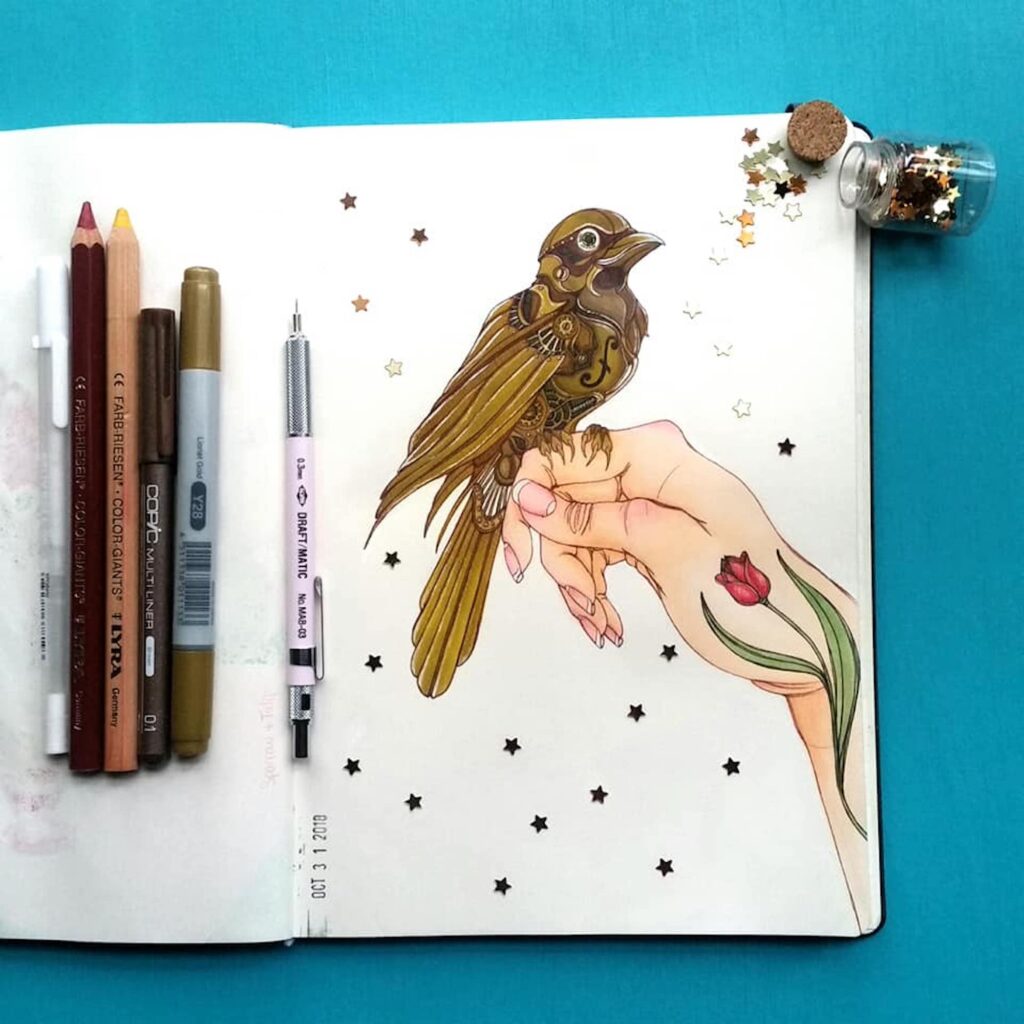
Wet Media
- Drawing pens (waterproof and water-soluble options)
- Brush pens for fluid, expressive lines
- Watercolors (pan sets or tube colors in a portable palette)
- Gouache for opaque color application
- Water-soluble graphite for drawings that can transform into washes
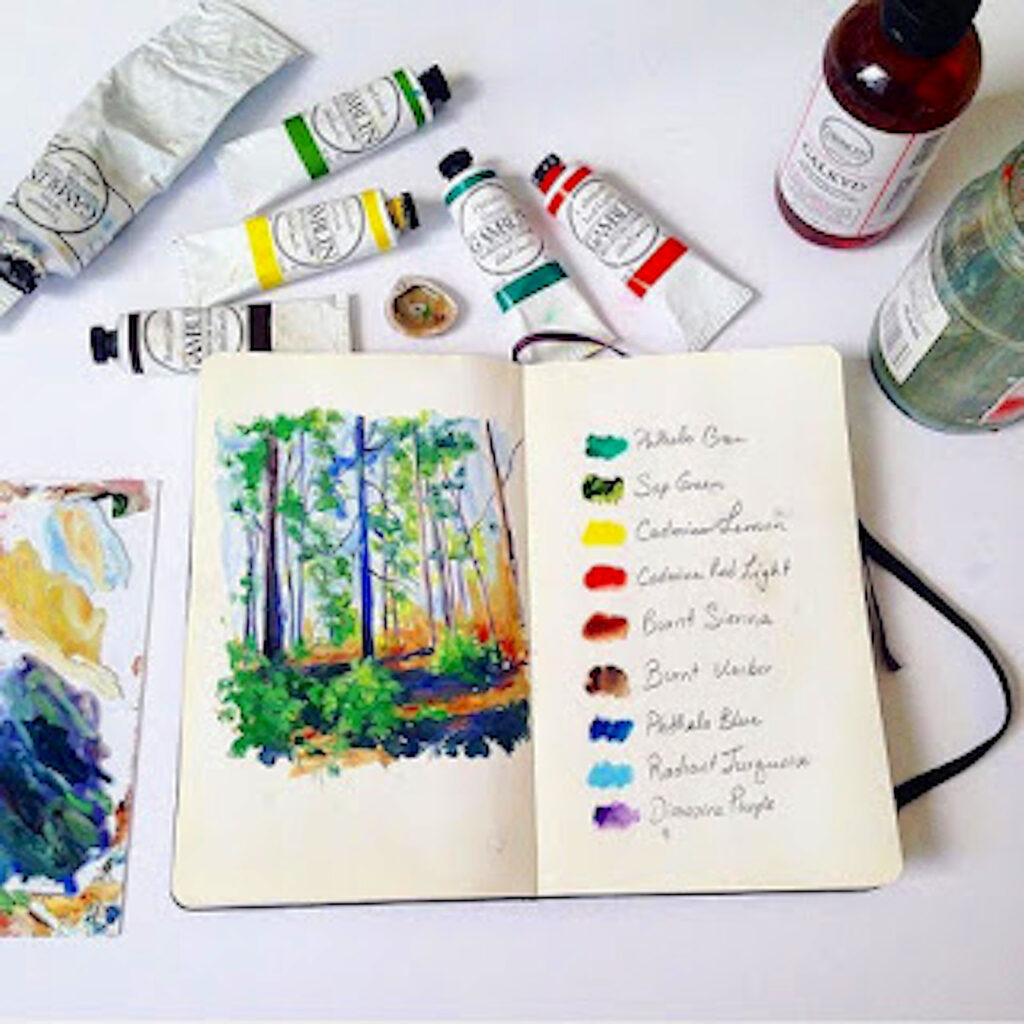
Mixed Media Tools
- Water brushes for portable watercolor work
- White gel pen or gouache for highlights
- Fixative to protect charcoal or pastel work
- Washi tape for masking or creating borders
- Portable water container for wet media
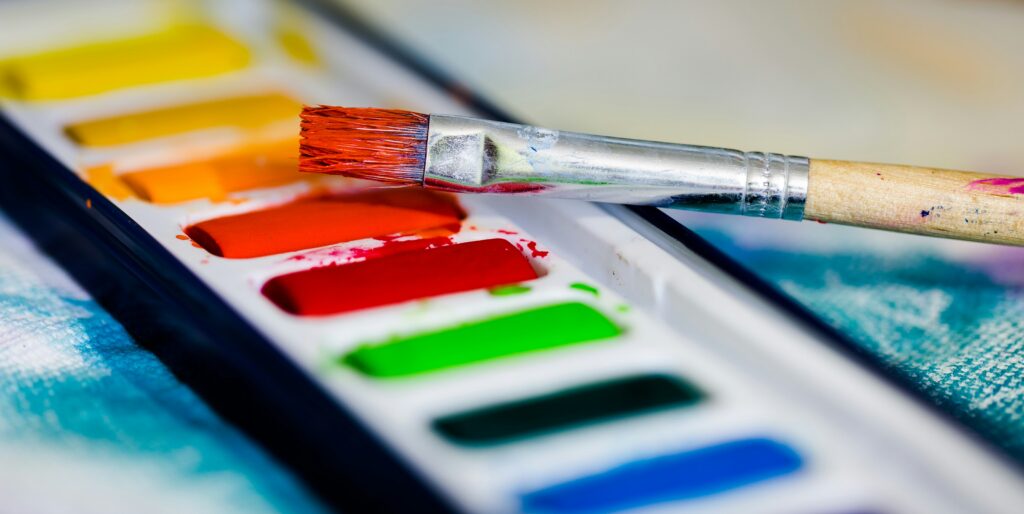
Sketchbook Techniques and Exercises
Foundational Skills
- Continuous Line Drawing: Draw without lifting your pen, focusing on observation
- Blind Contour: Draw while looking only at your subject, not your paper
- Value Studies: Create thumbnail sketches focusing solely on light and shadow
- Negative Space Drawing: Focus on the shapes around and between objects
- Gesture Drawing: Capture movement and energy in quick 30-second to 2-minute sketches

Medium-Specific Approaches
Pencil Techniques
- Hatching and Cross-hatching: Create tone through parallel and crossing lines
- Stippling: Build form using patterns of dots
- Smudging and Blending: Use tortillons or fingers to create smooth gradients
- Pressure Variation: Explore line quality by varying the pressure on your pencil
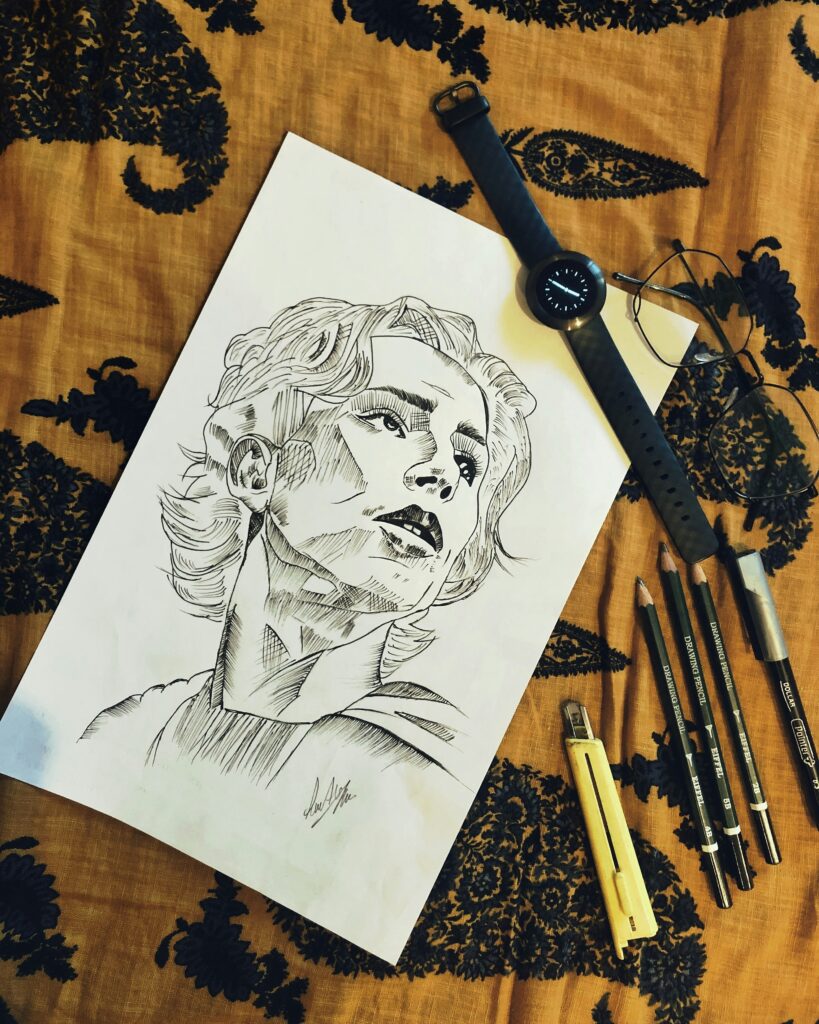
Pen Techniques
- Line Weight Variation: Create visual hierarchy through varied line thickness
- Contour Hatching: Use hatching that follows the form of objects
- Layered Line Work: Build depth through overlapping line patterns
- Ink Wash: Combine permanent ink lines with diluted ink washes
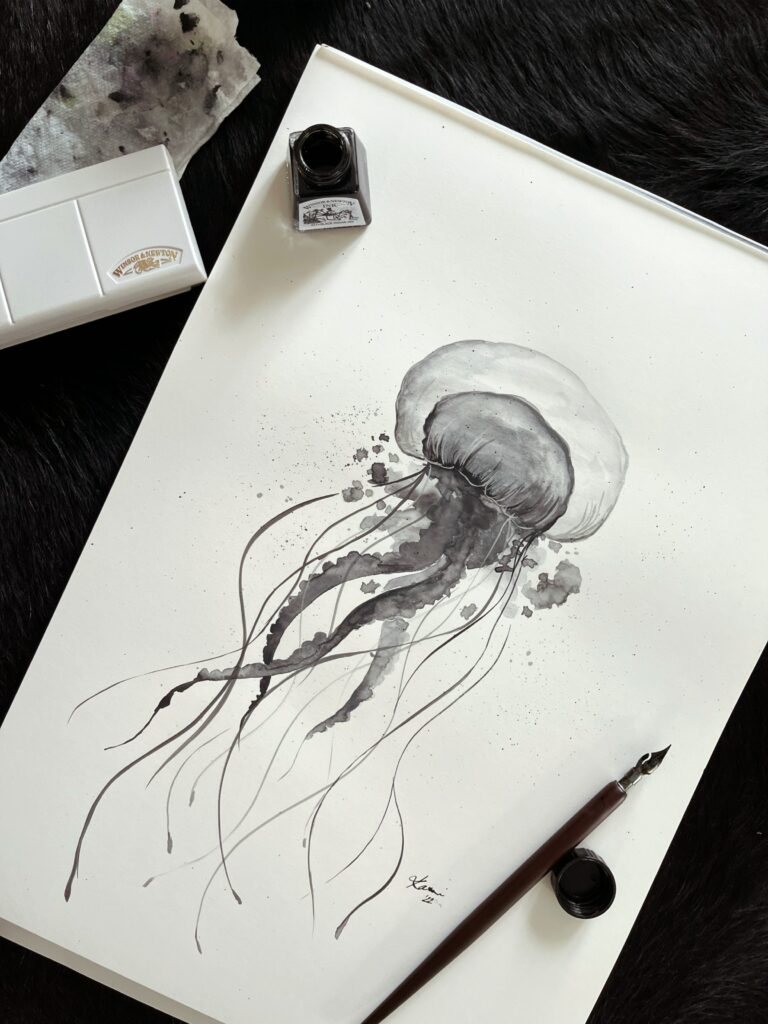
Watercolor Approaches
- Wet-on-Wet: Apply color to pre-moistened paper for soft, diffused effects
- Wet-on-Dry: Apply watercolor to dry paper for controlled, defined edges
- Glazing: Build transparent layers, allowing each to dry before applying the next
- Salt Texture: Sprinkle salt on wet watercolor for crystalline effects
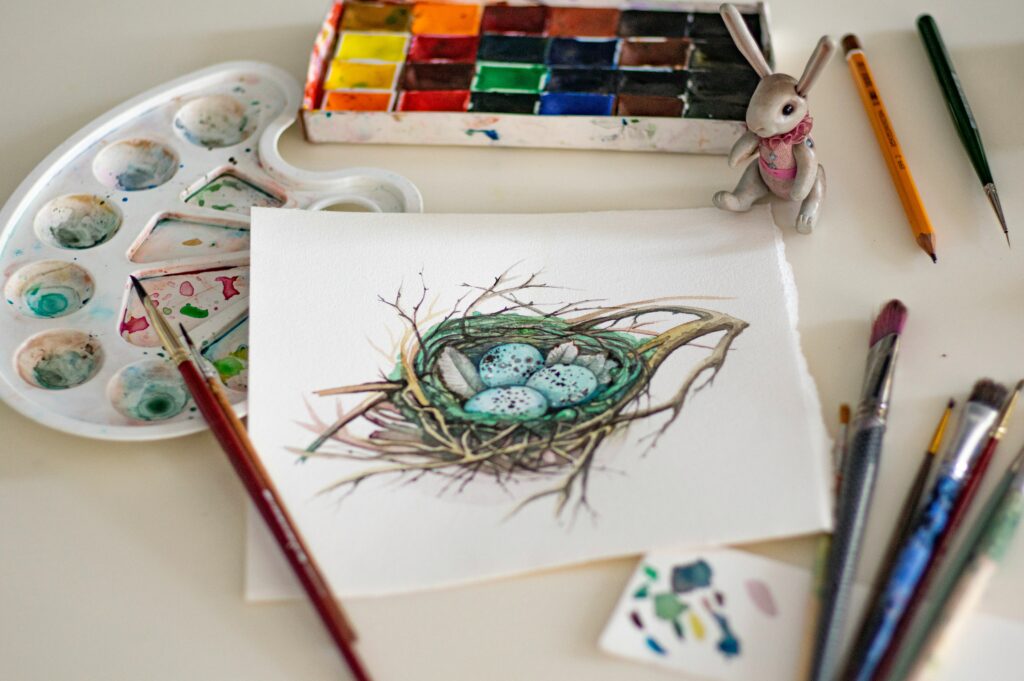
Step-by-Step Studies to Try
1. Daily Object Study
Materials: Pencil, pen, or brush pen
- Select a simple household object
- Begin with a loose structural sketch to establish proportions
- Refine the contours, paying attention to subtle curves and angles
- Add value through your chosen technique (hatching, shading, etc.)
- Note observations about your process on the page
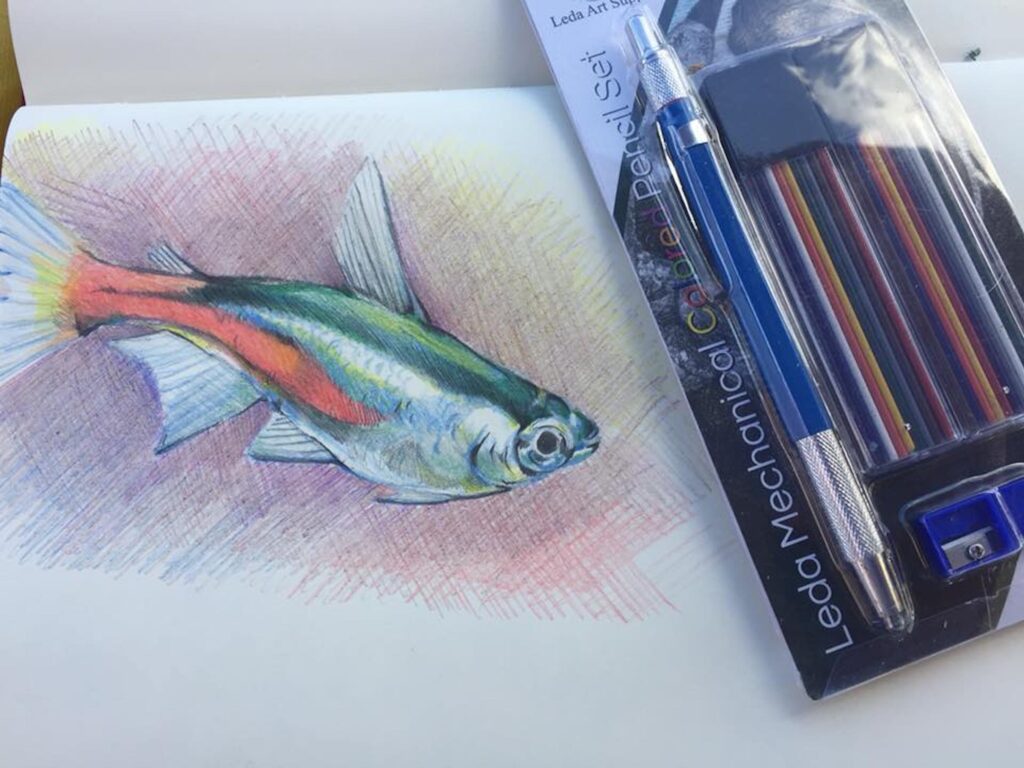
2. Color Mixing Grid
Materials: Watercolor or colored pencils
- Draw a grid with 5-6 squares in each direction
- Place your primary and secondary colors along the top and left edges
- Mix the intersecting colors in each square
- Create a visual reference for future color combinations
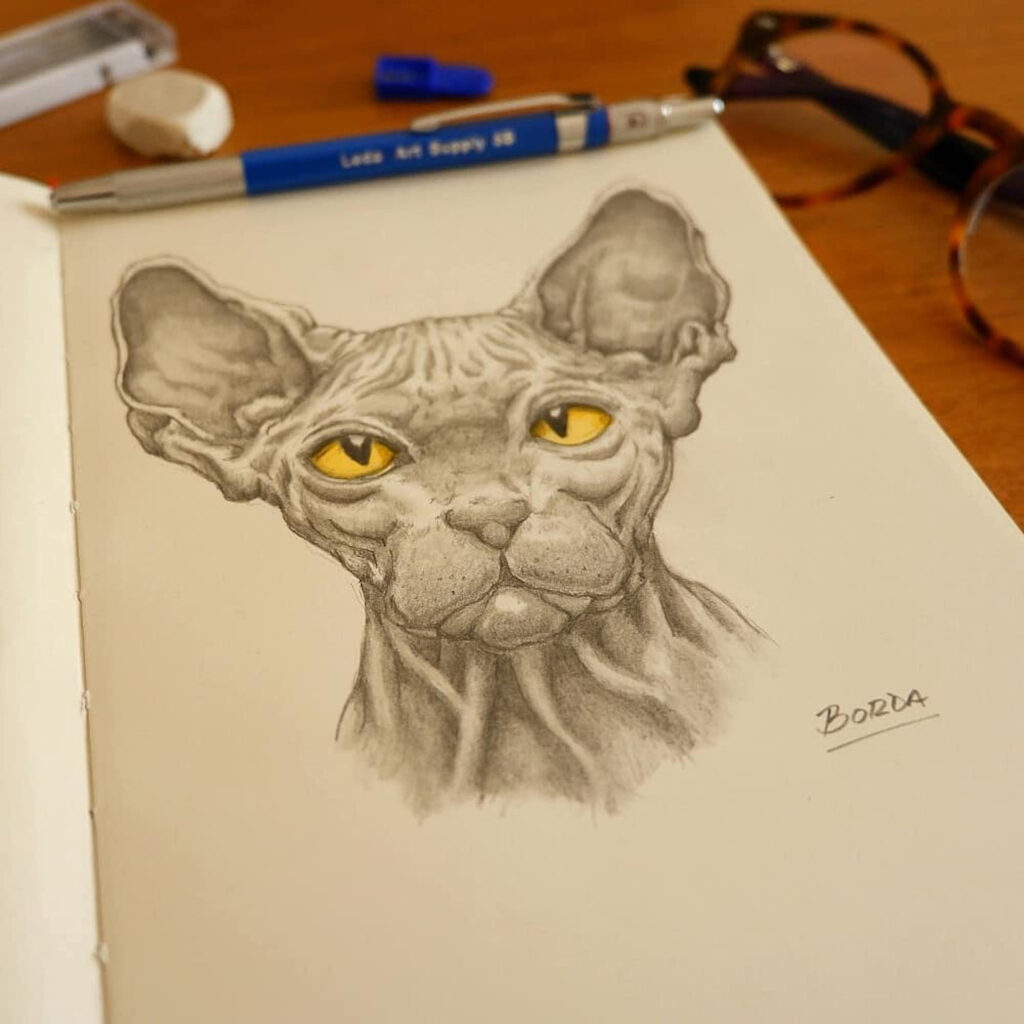
3. Self-Portrait Series
Materials: Any medium of your choice
- Create a weekly self-portrait using different approaches
- Try various perspectives, lighting conditions, and emotional expressions
- Experiment with different media for each portrait
- Note the date and your mood with each entry
4. Nature Texture Collection
Materials: Mixed media
- Collect textural elements from nature (bark, leaves, flowers)
- Create detailed studies focusing on surface qualities
- Experiment with techniques that best capture each texture
- Label each study with location and observations
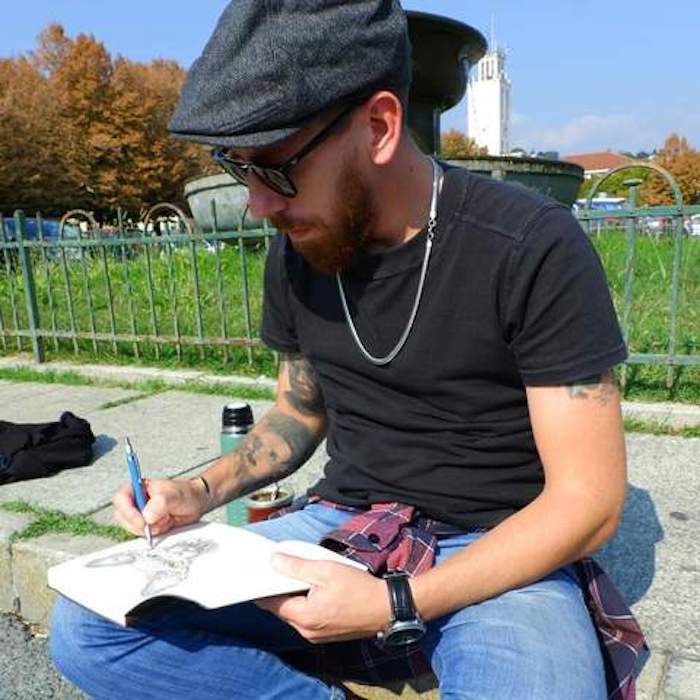
Developing a Consistent Practice
- Establish a routine: Even 10 minutes daily builds significant skill over time
- Create prompts: Develop a list of subjects to draw when inspiration wanes
- Join challenges: Participate in community events like Inktober or SketchbookSkool
- Review regularly: Look back at earlier work to recognize your growth
- Experiment fearlessly: Use your sketchbook as a safe space for artistic risks
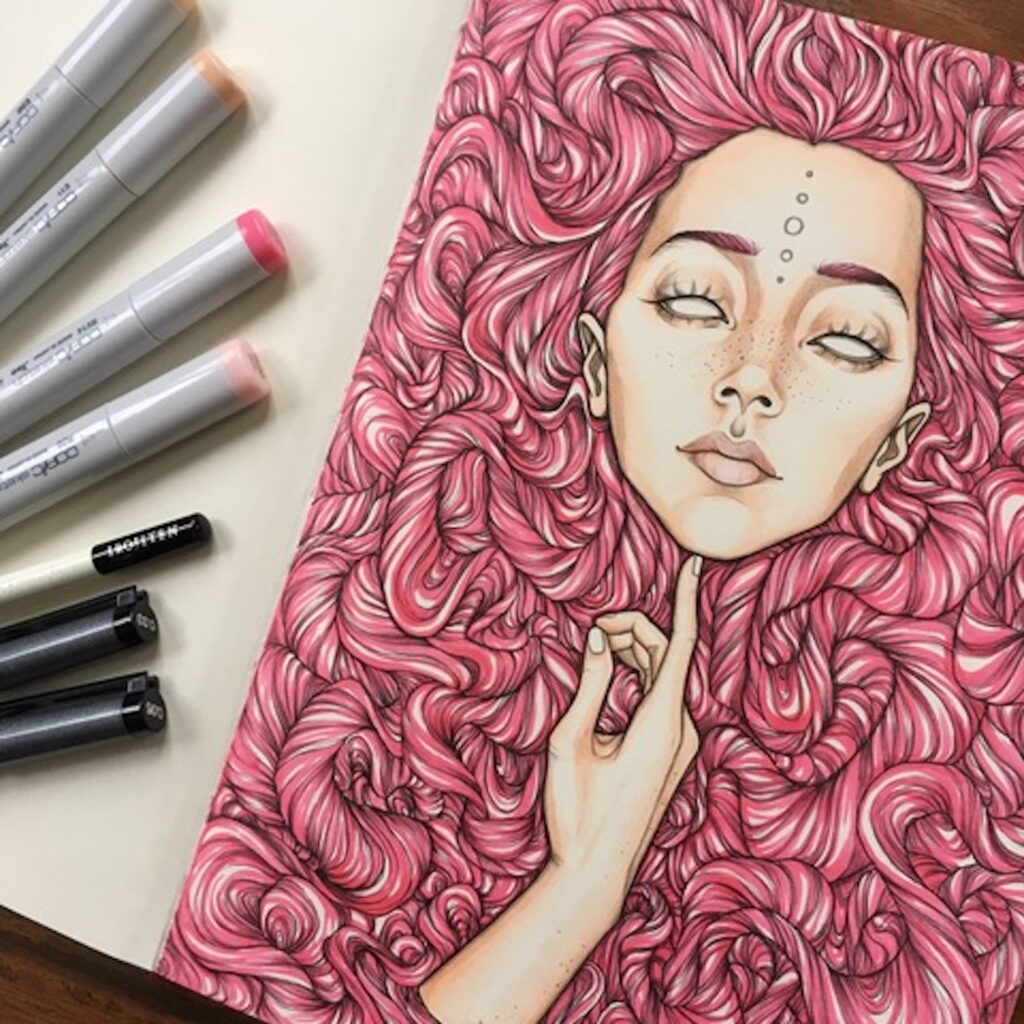
Creating Cohesive Sketchbook Projects
- Themed collections: Focus on a single subject (architecture, portraits, flora)
- Visual diaries: Document daily life with illustrated journal entries
- Technical studies: Deep-dive into mastering specific techniques
- Color stories: Explore limited color palettes across various subjects
- Sequential narratives: Develop visual storytelling through connected images
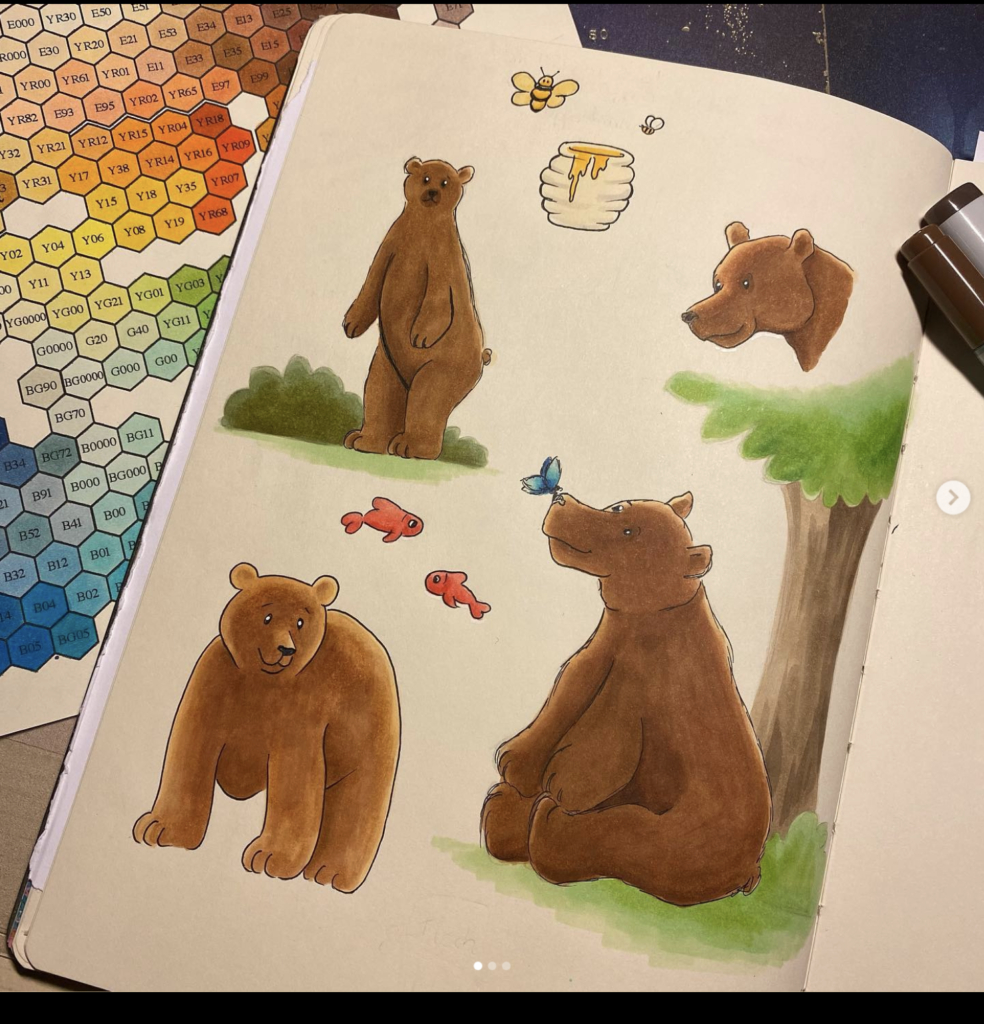
The Journey Forward
Your sketchbook is more than paper and binding—it’s a record of your artistic journey, a collection of visual thoughts, and a testament to your creative growth. Each page represents a moment of observation, experimentation, and discovery.
For those ready to begin or deepen their sketchbook practice, we at The Creativity Initiative recommend Leda Art Supply sketchbooks for their versatile paper quality and durability. Their range of sizes accommodates everything from quick on-the-go sketches to detailed studio studies, while the smooth, cream-colored paper accepts multiple media beautifully. The lay-flat binding ensures comfortable drawing across the entire page, making these sketchbooks ideal companions for artists at any stage of their journey. Leda mechanical pencils with black and colored leads are also a favorite.
What visual stories will you tell through your sketchbook? Begin today and join the timeless tradition of artists who have used these humble books to change how we see and understand our world.
